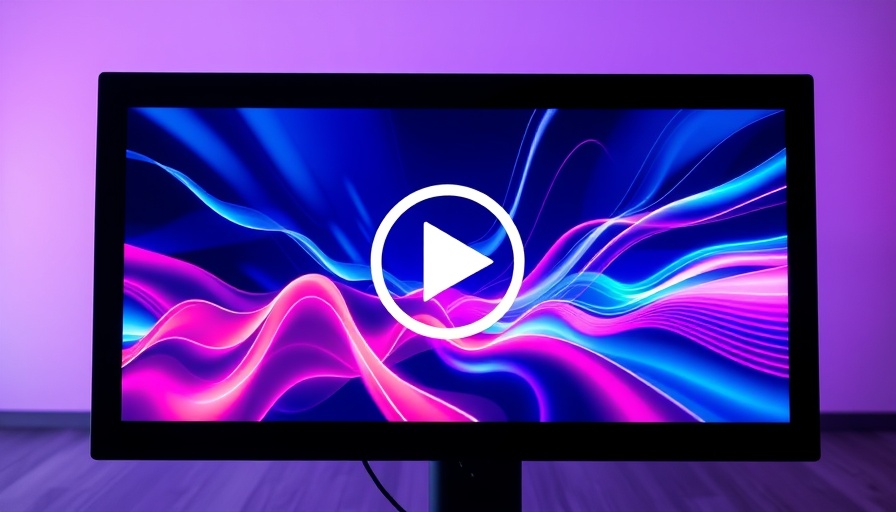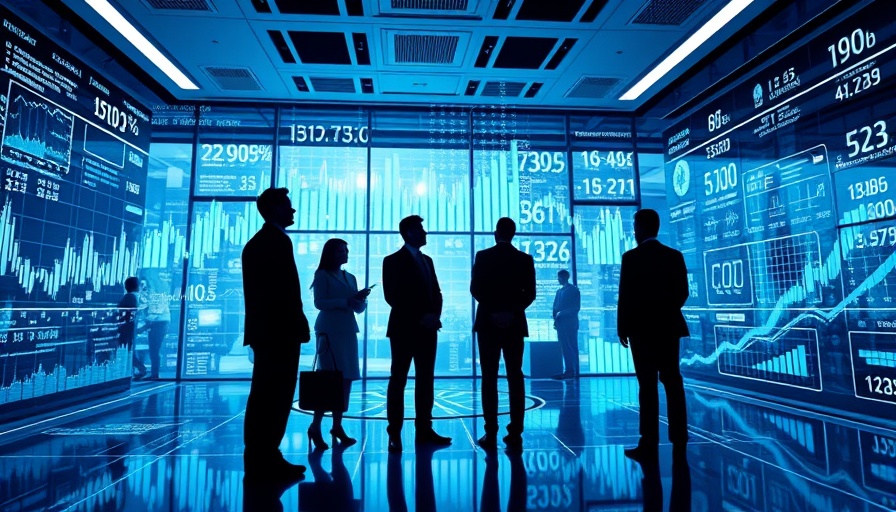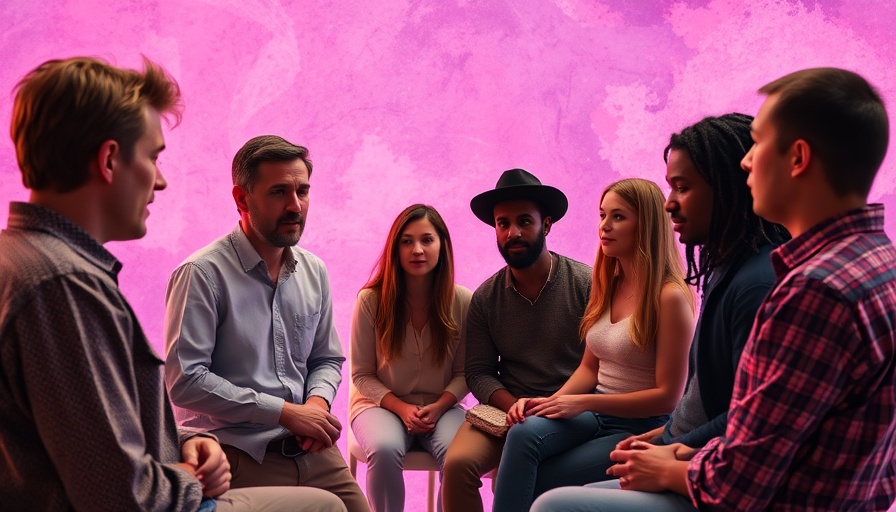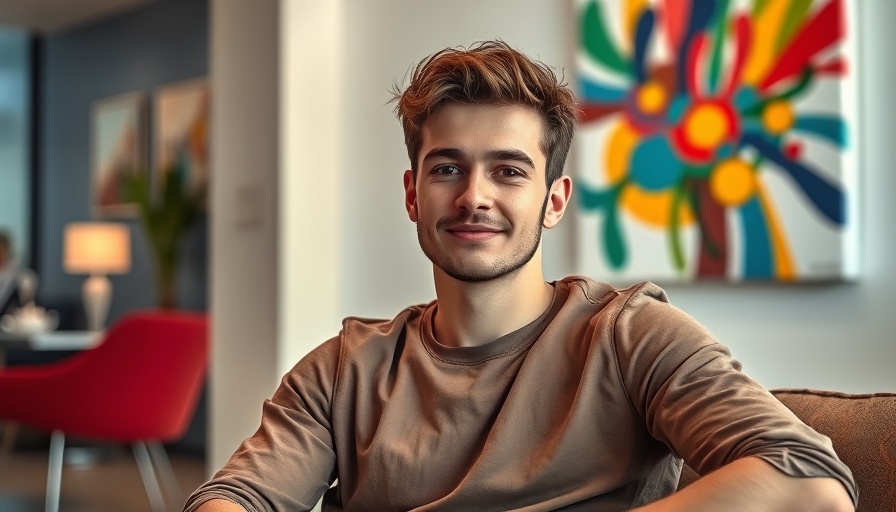
Understanding Video Generation: The AI Revolution
The exciting transformation in video creation is underpinned by advanced artificial intelligence tools that empower everyone from casual users to professional filmmakers. With the release of various AI video tools such as OpenAI’s Sora and Google DeepMind’s Veo 3, the landscape of video creation is evolving rapidly, offering unprecedented capabilities to generate visuals that can sometimes appear indistinguishable from human-made footage.
How Do AI Models Work Their Magic?
When you interact with these sophisticated video generation models, you typically provide simple prompts like, “create a video of a unicorn eating spaghetti.” What follows is a process that combines randomness and learned intricacies of visual design to create impressive video content. However, achieving the desired output isn’t always straightforward and can require multiple iterations before hitting the mark.
Demystifying Latent Diffusion Models
At the heart of many video generation tools is what we call latent diffusion transformers. These models are fascinating to understand. Let’s break them down: a 'diffusion model' begins by introducing random noise to a clear image, progressively obscuring it until it resembles the static fuzz of an old TV. The AI is then taught to reverse this noisy process, gradually revealing a recognizable image from the chaos. Then, when prompted, this model generates a video by iterating through similar processes, progressively refining raw pixel data into coherent visuals.
The Influence of AI on Creative Processes
This technology has not only enhanced creativity but also raised concerns in the industry. As the quality of AI-generated content improves, creators face increased competition from lower-quality, algorithmically produced videos flooding social media platforms. Such dynamics challenge traditional content creation standards and authenticity, raising ethical considerations around misinformation and content provenance.
Environmental Concerns and Energy Consumption
One critical area to look at is the energy consumption associated with these AI models. Generating videos can demand significantly more energy than producing text or images, which throws a spotlight on the sustainability of AI technologies. As the industry grows, a balance between innovation and ecological responsibility will be essential.
What This Means for Future Creatives
While video generation tools democratize access to film making, they also necessitate new skills and adaptabilities from today’s creators. Understanding how these AI models function equips them to better leverage these technologies and enhance their creativity. This insight allows every aspiring filmmaker to harness the power of AI not just as a tool, but as a collaborator in their artistic journey.
As AI tools continue to evolve, staying informed about how they operate and their impacts on both the industry and society is vital. For those engaged in media and visual storytelling, these trends promise to reshape the future of content creation in unexpected ways.
Explore your creativity and dive into AI's potential for video generation—a space where imagination meets technology!
 Add Row
Add Row  Add
Add 




Write A Comment